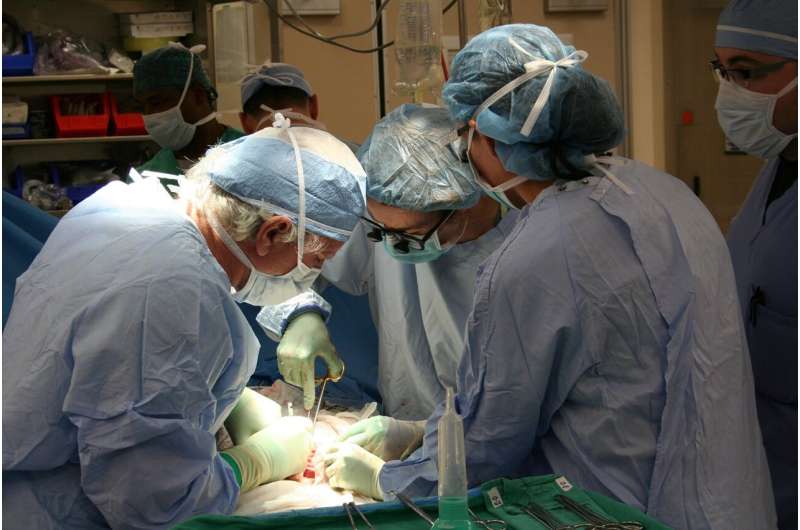New Insights into How the Brain Uses Objects to Navigate and Find Direction

Recent research reveals how the brain's postsubiculum encodes objects to aid in navigation and spatial orientation, offering insights into neurodegenerative conditions like Alzheimer's.
Scientists have uncovered fascinating details about how our brains process visual objects to assist in navigation and spatial orientation. Using advanced ultrasound imaging in mice, researchers observed brain activity related to visual stimuli, differentiating between objects and scrambled images lacking distinct features. The study identified a specific brain region, the postsubiculum, which plays a crucial role in encoding directional information based on visual cues. When mice viewed objects, the neurons in this area showed increased activity aligned with the direction the animal faced, while other directions were suppressed, sharpening the animal's sense of orientation.
This discovery emphasizes that object recognition is deeply integrated with spatial navigation systems in the brain. Interestingly, the postsubiculum, rather than the visual cortex, appears to process objects for directional purposes, a finding that challenges previous assumptions about sensory processing pathways. The research offers potential insights into neurodegenerative conditions like Alzheimer's disease, where spatial disorientation is a common symptom. Notably, tau protein accumulation, characteristic of Alzheimer's, begins in brain regions responsible for spatial awareness, suggesting that understanding these mechanisms could lead to better diagnostic and treatment approaches.
Co-author Adrien Peyrache expressed excitement over the findings, highlighting that the results provide a new perspective on how we perceive and use objects to understand our environment. This high-level interaction between visual and spatial recognition systems plays a vital role in our everyday navigation and may be disrupted in various neurological disorders. The study’s implications extend to exploring how disconnections between these systems contribute to cognitive decline, opening avenues for future research.
For more detailed information, the study is published in the journal Science: DOI: 10.1126/science.adu9828.
Stay Updated with Mia's Feed
Get the latest health & wellness insights delivered straight to your inbox.
Related Articles
Early Onset of Puberty Linked to Increased Risk of Overweight in Girls, Study Finds
A new study reveals that girls who experience early puberty are at a higher risk of becoming overweight later in life, emphasizing biological factors and the importance of targeted health interventions.
'Protective switch' proteins could enhance liver transplant success by reducing damage
New research identifies proteins that act as protective switches in the liver, potentially increasing the success and availability of transplants by reducing ischemia-reperfusion injury.
Understanding Late-Life Virginity: Insights into Genetic, Psychological, and Social Factors
A groundbreaking study explores the multifaceted factors behind late-life virginity, revealing genetic, psychological, and social influences impacting adults who have never had sex.
Active Music Therapy Interventions Show Greater Effectiveness for Pain Management Compared to Listening Alone
New research shows that active music therapy involving singing, instrument play, and relaxation techniques can significantly reduce pain more effectively than listening alone, offering a promising nonpharmacologic approach for hospitalized patients.



